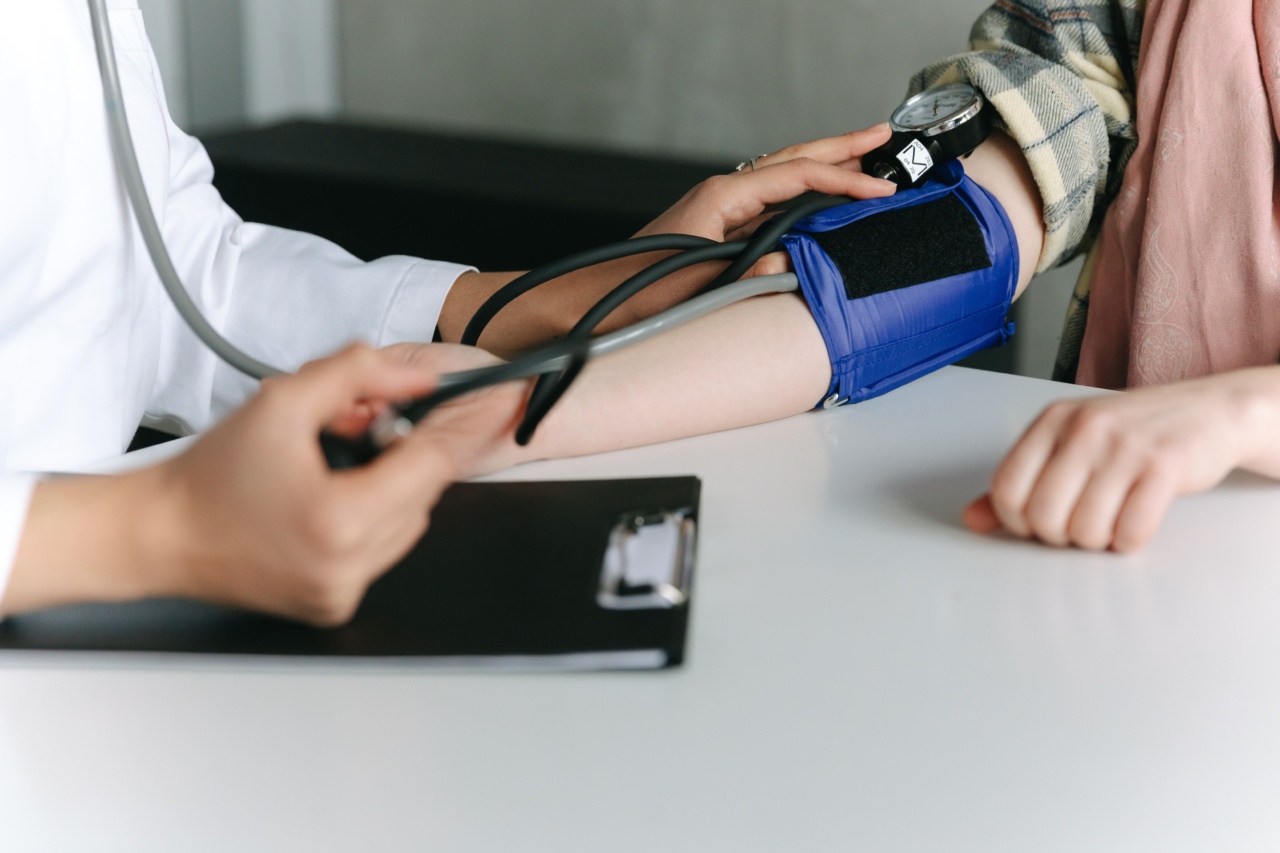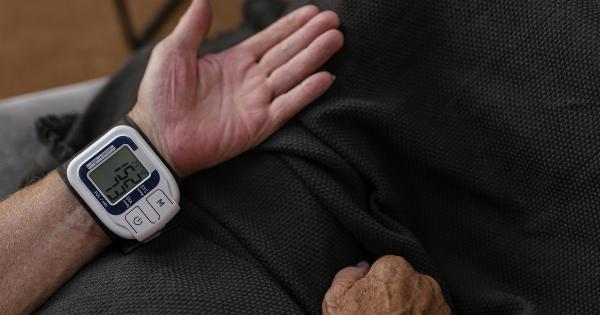Pulmonary arterial hypertension (PAH) is a severe and progressive condition characterized by high blood pressure in the arteries of the lungs. It can ultimately lead to heart failure and significantly impact the patient’s quality of life.
The management of PAH often involves the use of phosphodiesterase-5 (PDE-5) inhibitors, which help relax the blood vessels in the lungs. However, some patients may have an insufficient response to these medications. In such cases, Riosiguate has emerged as a promising treatment option.
This article explores the benefits of Riosiguate in patients with insufficient response to PDE-5 inhibitors for pulmonary arterial hypertension.
1. Enhanced Vasodilation
Riosiguate is a novel therapeutic agent that belongs to the class of drugs known as soluble guanylate cyclase (sGC) stimulators.
It works by targeting a critical enzyme in the nitric oxide (NO) signaling pathway, promoting the production of cyclic guanosine monophosphate (cGMP). This, in turn, leads to enhanced vasodilation in the pulmonary arteries, counteracting the vasoconstriction that characterizes PAH.
Consequently, Riosiguate helps reduce pulmonary vascular resistance and improve blood flow, ultimately alleviating symptoms and enhancing exercise capacity.
2. Proven Efficacy in Clinical Trials
The benefits of Riosiguate have been extensively studied in clinical trials involving patients with PAH who had an insufficient response to PDE-5 inhibitors.
In the pivotal phase III study, known as CHEST-1 (Chronic Thromboembolic Pulmonary Hypertension Soluble Guanylate Cyclase–Stimulator Trial 1), Riosiguate demonstrated significant improvements in exercise capacity, lung blood flow, and quality of life measures.
3. Improved Hemodynamics
Riosiguate has also been shown to positively influence hemodynamic parameters in patients with PAH. It reduces mean pulmonary arterial pressure, pulmonary vascular resistance, and mean right atrial pressure.
These improvements contribute to a decrease in the workload on the heart and better overall cardiac function, enabling patients to lead a more normal and active lifestyle.
4. Long-Term Benefits
Long-term treatment with Riosiguate has displayed sustained benefits in patients with insufficient response to PDE-5 inhibitors for PAH.
The COMPASS-2 study, an open-label extension trial, demonstrated that Riosiguate maintained its efficacy over an extended treatment period of up to 2 years. This shows the potential of Riosiguate as a viable long-term treatment option for patients with PAH who have not adequately responded to PDE-5 inhibitors.
5. Combination Therapy Potential
Riosiguate can also be used in combination with other PAH therapies. Its mechanism of action is distinct from PDE-5 inhibitors, making it an attractive option for combination therapy in patients who require additional treatment strategies.
Combining the vasodilatory effects of Riosiguate with other targeted therapies can have a synergistic effect, potentially leading to greater improvements in exercise capacity and hemodynamics.
6. Well-Tolerated Treatment Option
In clinical trials, Riosiguate has been shown to be generally well-tolerated by patients. The most common side effects reported were headache, dyspepsia, and peripheral edema. These side effects were generally mild to moderate in intensity.
Monitoring of blood pressure is recommended during treatment with Riosiguate due to its vasodilatory effects. Overall, the favorable safety profile of Riosiguate makes it a viable option for patients with PAH who do not respond adequately to PDE-5 inhibitors.
7. Potential for Disease Modification
Studies have suggested that Riosiguate has the potential for disease modification in PAH patients. By targeting the NO-cGMP signaling pathway, Riosiguate may not only provide symptomatic relief but also halt or slow down disease progression.
This is a significant advantage, as it can potentially delay the need for more invasive treatments such as lung transplantation or the use of prostacyclin analogs.
8. Broad Applicability
Riosiguate is suitable for a wide range of PAH patients with insufficient responses to PDE-5 inhibitors. Clinical trials have included patients with idiopathic PAH, hereditary PAH, and PAH associated with connective tissue diseases.
The consistent efficacy demonstrated across different patient populations highlights the broad applicability of Riosiguate in the management of PAH.
9. Improved Quality of Life
PAH significantly impacts a patient’s quality of life, limiting their ability to perform daily activities and participate in social engagements.
Riosiguate’s ability to improve exercise capacity, hemodynamics, and symptoms leads to an enhanced quality of life for patients. By enabling them to lead more active and fulfilling lives, Riosiguate contributes to the overall well-being and mental health of individuals with insufficient response to PDE-5 inhibitors for PAH.
10. Promising Future
The introduction of Riosiguate has brought new hope to patients with PAH who have not responded adequately to PDE-5 inhibitors.
With its proven efficacy, tolerability, and disease-modifying potential, Riosiguate has the potential to significantly enhance the management of PAH. Ongoing research and clinical trials continue to investigate the long-term benefits and optimal use of this promising medication, paving the way for further advancements in the field of PAH treatment.




























